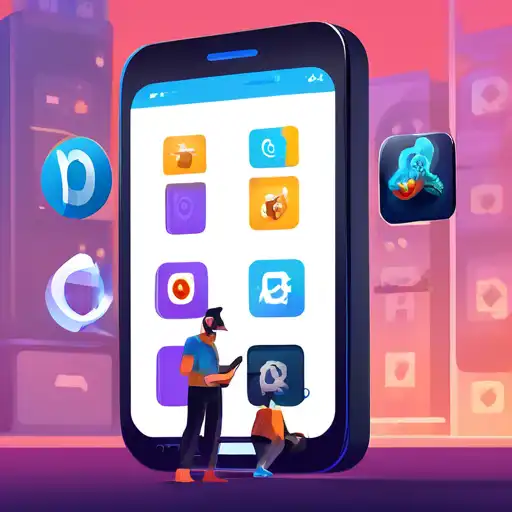Introduction to Cross-Platform Mobile Development
In the rapidly evolving world of technology, cross-platform mobile development has emerged as a popular strategy for businesses looking to make their mark in the digital space. This approach allows developers to write code once and deploy it across multiple platforms, such as iOS and Android, saving time and resources. However, like any technology, it comes with its own set of pros and cons.
Pros of Cross-Platform Mobile Development
One of the most significant advantages of cross-platform development is cost efficiency. Developing a single application that runs on multiple platforms can significantly reduce development costs. Additionally, it offers a faster time to market, as developers don't need to write separate codebases for each platform.
Another benefit is the uniformity across platforms. Users get a consistent experience, whether they're on an iPhone or an Android device. This can enhance brand recognition and user satisfaction.
Popular Cross-Platform Development Tools
- React Native
- Flutter
- Xamarin
- Ionic
Cons of Cross-Platform Mobile Development
Despite its advantages, cross-platform development is not without its drawbacks. One of the main challenges is performance issues. Cross-platform apps may not run as smoothly as native apps, especially for graphics-intensive applications.
Another downside is the limited access to native APIs. While many tools offer plugins or workarounds, accessing the full range of device-specific features can be more challenging than with native development.
When to Choose Cross-Platform Over Native Development
Cross-platform development is ideal for projects with tight budgets and short timelines. It's also a good choice for apps that don't require heavy use of device-specific features. For more complex applications, native development might be the better route.
Conclusion
Cross-platform mobile development offers a viable solution for businesses looking to develop apps efficiently and cost-effectively. However, it's important to weigh the pros and cons carefully to determine if it's the right approach for your project. By understanding the limitations and advantages, developers can make informed decisions that align with their goals and resources.
For more insights into mobile development strategies, check out our articles on Native vs. Hybrid Apps and Choosing the Right Mobile Development Framework.
